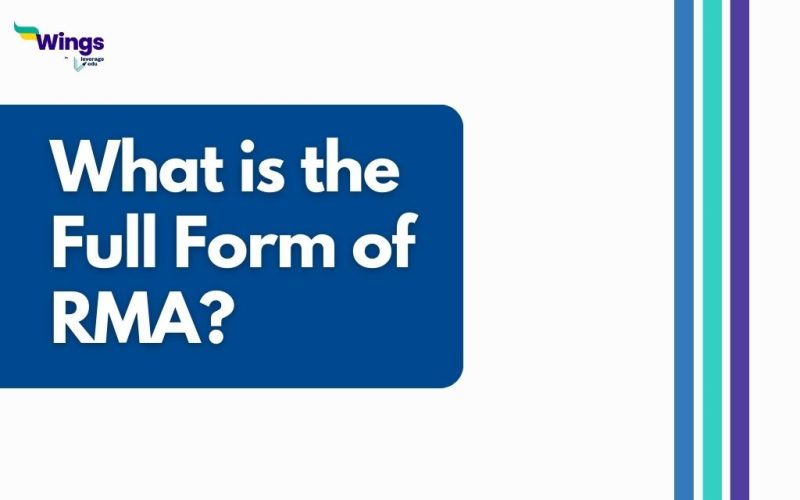Have you ever come across the term “RMA” and wondered what it means? RMA stands for “Return Merchandise Authorization,” and it plays a crucial role in the world of business, especially for customer service and product returns.
What is RMA?
RMA, or Return Merchandise Authorization, is a process used by businesses to manage and track product returns from customers. When a customer faces issues with a purchased product and wants to return or exchange it, the RMA process comes into play. It allows the business to authorize the return, assess the condition of the item, and determine the appropriate action, such as providing a replacement, repair, or refund.
How Does the RMA Process Work?
The RMA process typically involves the following steps:
1. Customer Request: The process begins when a customer contacts the business to initiate a return or exchange due to a defect, damage, or dissatisfaction with the product.
2. Authorization: The business evaluates the customer’s request and, if deemed valid, issues an RMA number. This number serves as a reference for tracking the return throughout the process.
3. Shipping Instructions: The customer receives instructions on how to package and ship the item back to the business. This often includes details about shipping carriers, addresses, and any required documentation.
4. Inspection: Upon receiving the returned item, the business inspects it to verify the condition and validity of the return. This step helps prevent fraudulent returns and ensures that the product meets the return criteria.
5. Resolution: Based on the inspection results, the business determines the appropriate resolution. This could involve repairing the item, offering a replacement, or issuing a refund to the customer.
6. Communication: The business communicates the outcome to the customer, providing information about the next steps, such as the status of repairs or the processing of the refund.
Importance of RMA
The RMA process serves multiple important purposes for both businesses and customers:
1. Efficient Returns: RMA streamlines the return process, making it easier and more organized for both customers and businesses. This reduces confusion and frustration for customers and helps businesses maintain a positive customer experience.
2. Quality Control: By inspecting returned items, businesses can identify patterns of defects or issues in their products. This insight enables them to make improvements and enhance product quality.
3. Customer Satisfaction: A smooth and hassle-free return process enhances customer satisfaction and builds trust. Customers are more likely to do business with a company that values their needs and concerns.
4. Inventory Management: RMA helps businesses manage their inventory more effectively by tracking returned products and making informed decisions about restocking or discontinuing items.
You may also read
What is the Full Form of LOGO?
If you wish to know about more such full forms then check out our page
 One app for all your study abroad needs
One app for all your study abroad needs













